
History
of the
surname

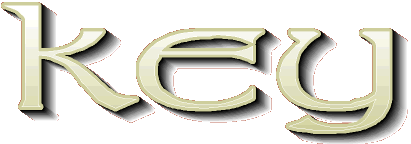

Kay Kea Keay Kee
Kees
Keey Keys Keye Keyes
The KEY family was affiliated with many different clans through marriage. The clan MACKAY claims the KEY family as a sept or directly affiliated family, entitled to clan rights including the use of the clan tartan shown here.
The KEY family first appears in the records of Yorkshire where they were recorded as an ancient Yorkshire family before the year 1100.

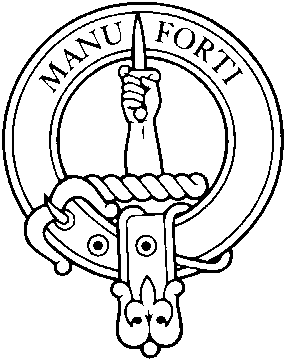


Gaelic Name: MacAoidh
Motto: Manu Forti (With a strong hand)
Badge:Bulrush
Lands:Ross and Sutherland, Argyll
Origin of Name:Gaelic, MacAoidh
(Son of fire)
Pipe Music:Bratach Bhan Chlann Aoidh
(The White Banner of MacKay)
The name MacKay takes its origins from the gaelic “Macaoidh” or “son of Hugh”. The identity of this Hugh is uncertain but the name probably derives from a member of the ancient Celtic royal house, whose branches disputed the throne in the twelfth and thirteenth centuries.

The Mackays claim descent from the Royal House of Moray through the line of Morgund of Pluscarden and were originally known as Clan Morgan. The clansmen were removed to Sutherland where they rose to a powerful position, at one time owning lands from Drimholisten to Kylescue. Their later title of MacKay comes from a chief so named living at the time of David II. The first record of the name was in 1326 when Gilchrist M'ay, progenitor of the Mackays of Ugadale, made a payment to the Constable of Tarbert. The Mackays supported Bruce and fought with him at Bannockburn and by 1427 the chief, Angus Dubh Mackay was described as leader of "4 000 Strathnaver men". Their fortunes fluctuated over the centuries and many bitter feuds ensued with the Sutherlands and Rosses. In the troubles of the 17th and 18th centuries the Mackays supported the Hanovarian forces against the Jacobites and helped secure the far north for the government. The Mackays of Strathnaver are especially remembered for the famous "Mackay Regiment" raised for the service of the Dutch and Swedish crowns during the 17th century. As a result of this many clansmen settled in Holland and Sweden and gave rise to a number of noble families there. In 1628, Sir Donald Mackay was raised to the peerage of Lord Reay by Charles I. His grandson, Colonel Aenean Mackay of the Scotch-Dutch Brigade, married the heiress of the Baron van Haefton. The Mackays suffered badly in the Strathnaver clearances between 1815 and 1818 and finally in 1829 the Reay estate was sold to the Sutherland family and in 1875 the chiefship passed to Baron Mackay van Ophermett who became 10th Lord Reay. His nephew Baron Aeneas Mackay, prime minister of the Netherlands was the great grandfather of the present chief.
Famlies of the Mackay Clan: Allan, Bain, Kay, MacBain, MacCaw, MacGee, Mackie, MacQuoid, M acVain, Morgan, Neilson, Paul, Reay.


The Key surname is also a Sept ( family) associated to the "Clan Davidson ". The MacKay family is also a Sept of this clan.
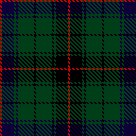
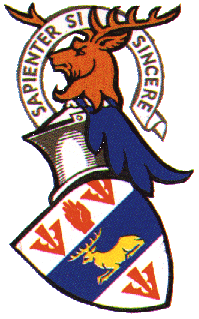
Motto: Sapienter si sincere
(Wisely if sincerely)
Gaelic Name: MacDhaibhidh
Tartans:,Davidson "Double".
Septs: Davey, Davie, Davis, Davison, Dawson,
Day, Dea, Dean, Deane, Deas,
Deason, Dey, Dow, Dye, Kay, Keay, Key, Keys, MacAdie, MacDaid, MacDavid,
MacKay, Slora, Slorach.

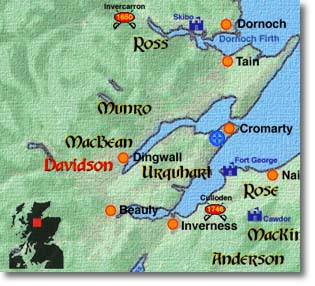

The Clan began in the early 14th century with Donald, 3rd son of Robert Comyn and the grandson of the Comyn killed by the Bruce at Dumfries, married the daughter of the MacKintosh chief. The name of the Clan comes from their son, David. His family and followers being known as Clan Dhai as the name Comyn was proscribed around 1320.
The Davidsons were almost wiped out at the Battle of Inverhaven in 1370. They followed the and others of against the who had invaded Badenoch. A dispute arose between the Davidsons and MacPhersons over the right to command. When the MacKintoshes supported the Davidson side, the MacPhersons left the field.
The Camerons exploited the chaos and virtually destroyed the Davidsons. The MacPhersons did eventually take the field and routed the Camerons.
By the 16th century the name Davidson had spread from Aberdeen to Ayr. There was a family of Davidsons at Samuelston in the Borders and the name Davidson can be found along with the and Turnbulls as wild and unruly Clans.
Duncan Davidson, Lord Lietenant of Ross-Shire, was a favourite of Queen Victoria whom he used to visit regularly when she visited Balmoral. A direct descendant of the Davidsons of Tulloch, now living in New Zealand, is seeking to matriculate the arms in the Court of the Lord Lyon and claim the chiefship.

